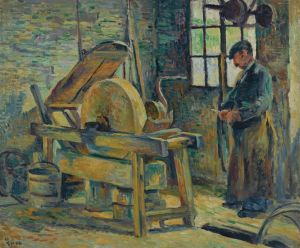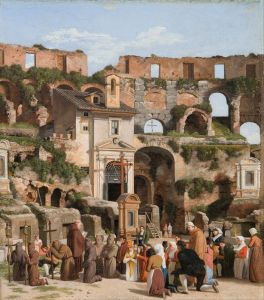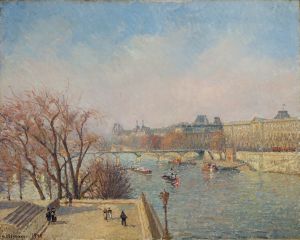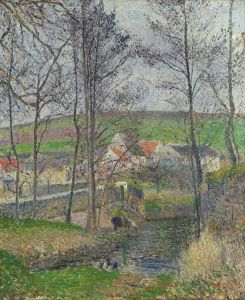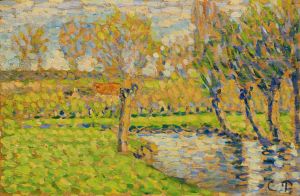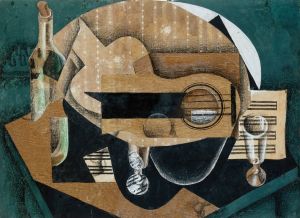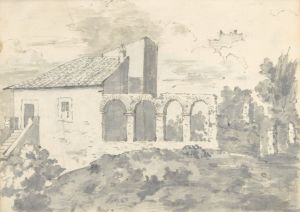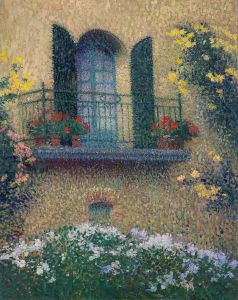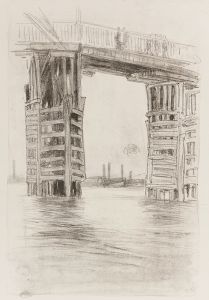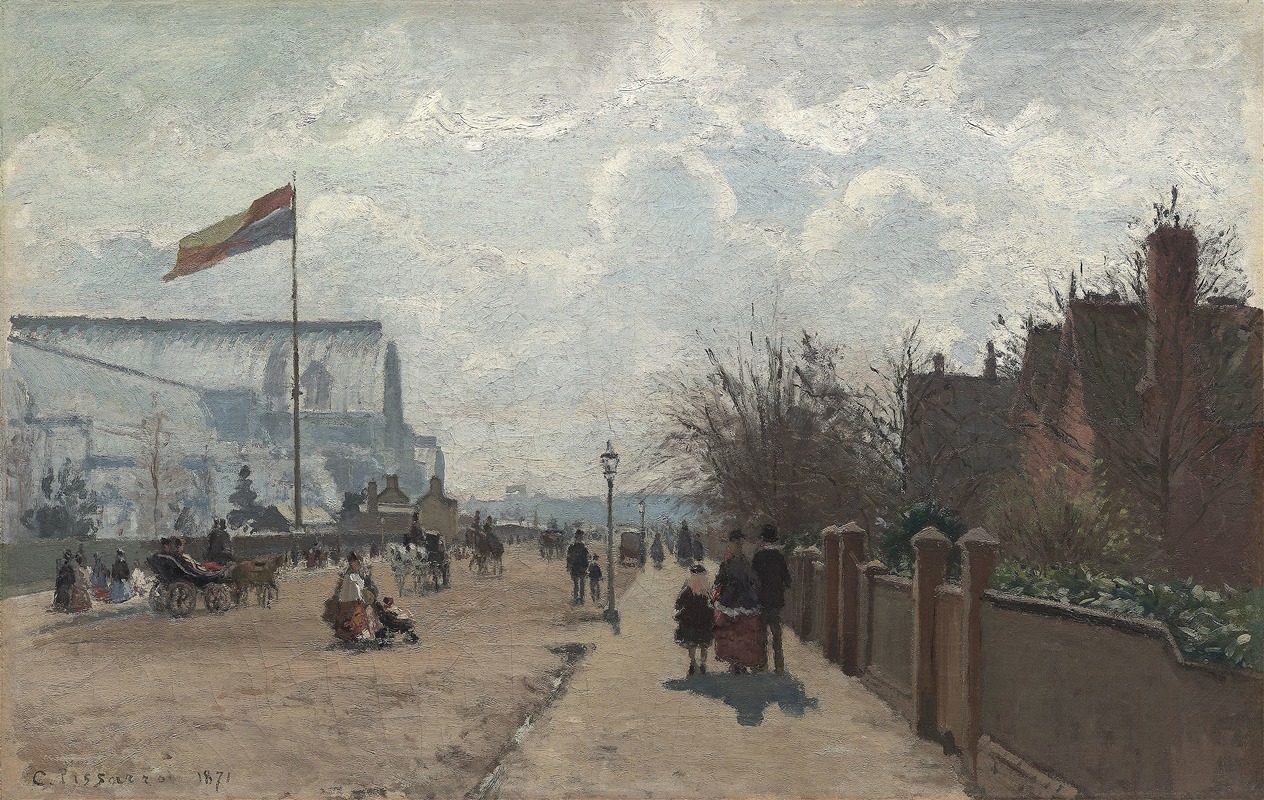
The Crystal Palace
A hand-painted replica of Camille Pissarro’s masterpiece The Crystal Palace, meticulously crafted by professional artists to capture the true essence of the original. Each piece is created with museum-quality canvas and rare mineral pigments, carefully painted by experienced artists with delicate brushstrokes and rich, layered colors to perfectly recreate the texture of the original artwork. Unlike machine-printed reproductions, this hand-painted version brings the painting to life, infused with the artist’s emotions and skill in every stroke. Whether for personal collection or home decoration, it instantly elevates the artistic atmosphere of any space.
Camille Pissarro, a prominent French Impressionist painter, created "The Crystal Palace" in 1871. This painting is a notable work within Pissarro's oeuvre, reflecting his interest in capturing modern urban life and architecture. The Crystal Palace itself was an iconic structure originally built in Hyde Park, London, for the Great Exhibition of 1851. Designed by Sir Joseph Paxton, it was a marvel of engineering and design, constructed primarily of glass and iron, and symbolized the technological advancements of the Industrial Revolution.
Pissarro's depiction of The Crystal Palace is significant as it represents a period when he was living in London. During the Franco-Prussian War (1870-1871), Pissarro, along with his family, took refuge in London, where he was influenced by the city's landscapes and architecture. This period was crucial for Pissarro as it allowed him to explore new subjects and techniques, which would later influence his contributions to the Impressionist movement.
In "The Crystal Palace," Pissarro employs his characteristic Impressionist style, focusing on the effects of light and atmosphere. The painting captures the grandeur of the structure amidst its surrounding environment. Pissarro's use of loose brushwork and a vibrant color palette conveys the dynamic interplay of light and shadow, a hallmark of Impressionist art. The painting not only highlights the architectural beauty of The Crystal Palace but also reflects Pissarro's ability to infuse a sense of life and movement into his urban scenes.
The composition of the painting is carefully constructed to draw the viewer's eye towards the majestic structure, while also incorporating elements of the natural landscape. Pissarro's attention to detail and his ability to capture the essence of the scene demonstrate his mastery of the Impressionist technique. The painting serves as a testament to Pissarro's skill in portraying the modern world, blending elements of nature and architecture seamlessly.
"The Crystal Palace" by Camille Pissarro is housed in the collection of the Art Gallery of Ontario in Toronto, Canada. It remains an important work within the context of Pissarro's career and the broader Impressionist movement. The painting not only showcases Pissarro's artistic talents but also provides insight into the cultural and technological milieu of the 19th century.
Pissarro's time in London was influential in shaping his artistic vision. He interacted with other artists, including Claude Monet, who was also in London during this period. These interactions and the exposure to the works of British landscape artists contributed to Pissarro's development as an artist. His experience in London enriched his understanding of light and color, elements that became central to his later works.
In summary, "The Crystal Palace" by Camille Pissarro is a significant work that captures the essence of a pivotal moment in history. Through his Impressionist lens, Pissarro immortalizes the grandeur of The Crystal Palace, reflecting both the architectural innovation of the era and his own artistic evolution. The painting stands as a testament to Pissarro's ability to blend modernity with natural beauty, a skill that cemented his place as a key figure in the Impressionist movement.





